Robson Green
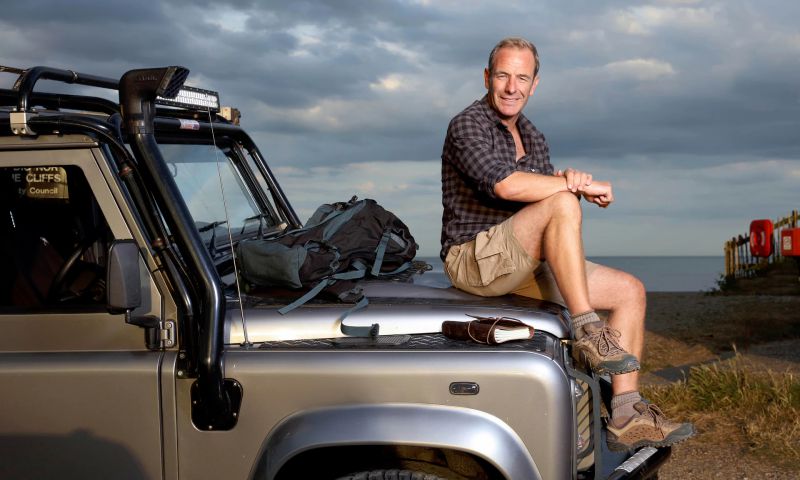
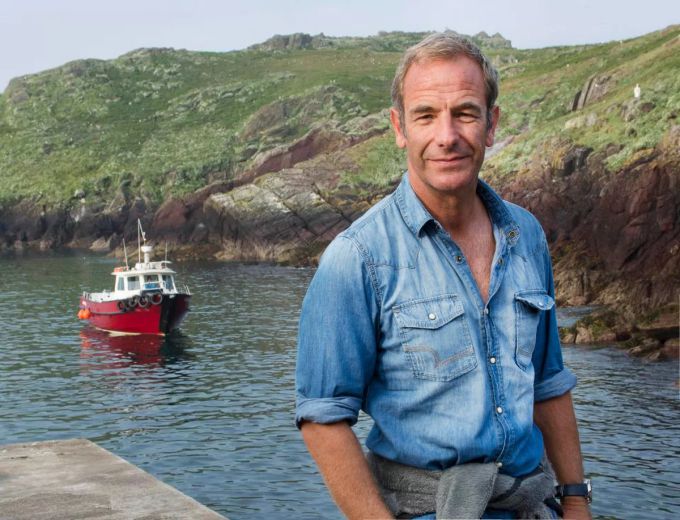
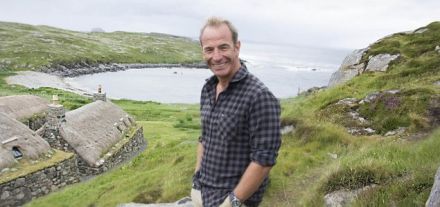
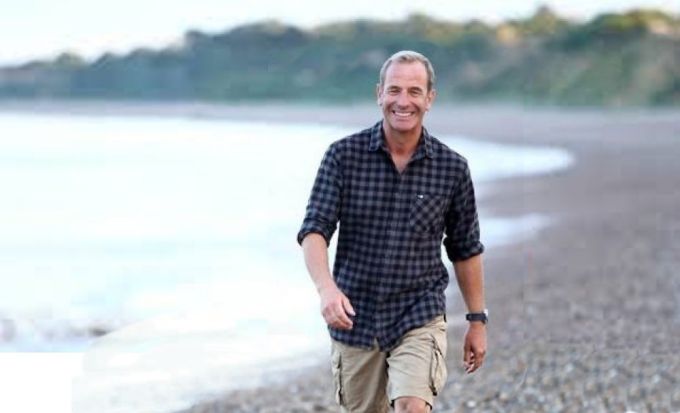
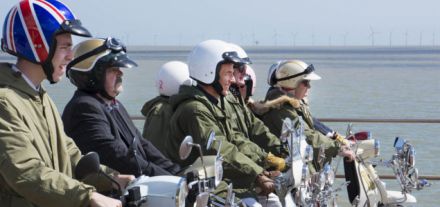
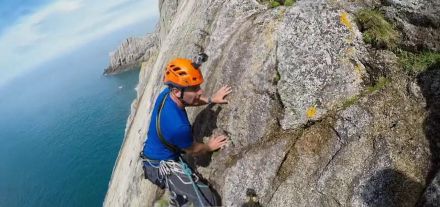

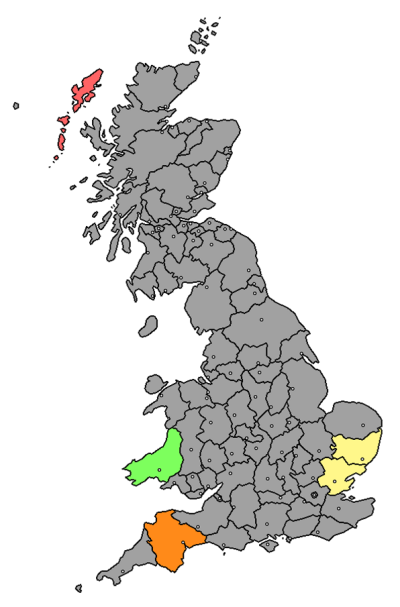
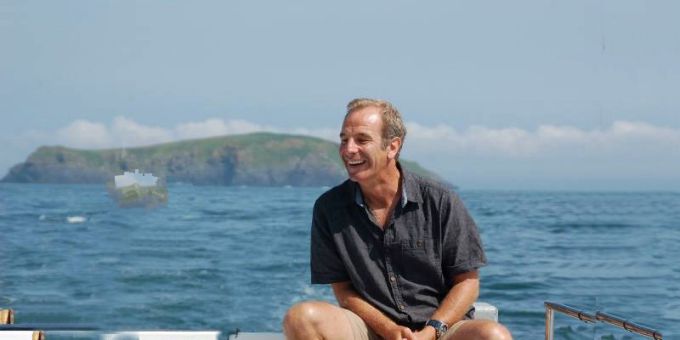
THE MOST BEAUTIFUL SPOTS ON THE BRITISH COAST BY ROBSON GREEN
A familiar face on television screens, Robson Green returns at the helm of Tales from the Coast.
One man’s love letter to Britain’s meandering shoreline, the series takes him along the edges of Devon, Essex, Suffolk, the Hebrides and Pembrokeshire for sharp-toothed wildlife encounters and scenic splendours. Here he talks about the background to the series and some of his favourite locations.
How did the series come about ?
It was a progression from Tales from Northumberland [his ITV series]; I know that part of the country well. The idea here was to do something on a grander scale.
Did you know any of the coastal areas beforehand ?
My family went to north Devon every year when I was a child – nine hours in a Hillman Imp. We’d have a picnic by the motorway, with juggernauts flying past at 70mph. I loved those days, and so did my dad. He worked down the mine, so I guess he had a need, for fresh air, peace and quiet.
Where did the Green family go ?
We went a lot to Ilfracombe and Clovelly. I have fond memories of Dad refusing to wear a shirt. Everywhere we went, he was bare-chested. Even restaurants. No one would argue with him because he was a big, powerful miner; he liked the breeze on his skin.
Has the area changed ?
Not really. Devon still evokes the Seventies and Eighties for me. Of course, you have Wi-Fi in hotels now – but the landscape and the tranquillity haven’t changed.
Was climbing the Devil’s Slide as frightening as it sounds ?
Hell yes. It’s a very acute, steep slab of granite – the largest in Europe – on Lundy, an island in the Bristol Channel. I was assured that it’s possible as long as you are fit – and I am. But I’m not good with heights. Halfway up, I was well beyond my comfort zone. I was attached to a rope – but even so, I was terrified. But that wasn’t the only time I was unnerved on Lundy. I went diving with seals, and a male decided I’d spent too much time around his ladies and pups. He bit my leg and hammered into my chest. I felt oddly humbled. It’s all well and good connecting with marine life, but you have to remember these animals are wild. This chap had had enough of me.
Do we appreciate our own country enough ?
Definitely not. There are places in the UK that people from other parts of the world would pay thousands to see, such as the Outer Hebrides. I’m lucky; I’ve visited more than 130 countries. But I tell you, there are parts of the Hebrides that compare to the Seychelles. Luskentyre Beach [on Harris] is one of the best on the planet.
It sounds as if the Hebrides won you over…
I’d been before, but not to Luskentyre. It was midsummer, and there was hardly anyone else there. I sat alone in my tent for a day and a half.
Were the Hebrides the wildest part of the journey ?
Yes. I felt a sense of isolation. I harvested kelp with a guy who fuses it with gin to make this wonderful liquor. I saw sea eagles taking fish off the water’s surface. Amazing place.
Surely Skokholm was just as wild ?
Skokholm is remarkable. It’s a protected island off the Pembrokeshire coast, and I was interested in the only two people who live there [the island’s wardens, Richard Brown and Giselle Eagle], who are a couple. Could it really be a romantic existence on this wave-lashed seabird haven? But they love what they’re doing. The logistics are pretty basic – they live in a lighthouse, the weather can be brutal, and they can be detached for weeks.
Did you have any encounters with the 'locals’ ?
There’s a seagull there, the great black-backed gull, which rips other bird life to bits. I remember having this eerie vision as the sun was setting – a cluster of them silhouetted, waiting for a kill. I never thought a seagull could be so aggressive. It gave me new perspective on British bird life. On the surface these gulls appear beautiful, harmless, even endearing, but they have this incredibly vicious side – dark and violent.
Was the Essex coast less demanding ?
No. I entered the Maldon Mud Race [the annual spring challenge in which competitors dash 500m across the bed of the River Blackwater]. I knew the history of it, and that up to 3,000 people can take part. But it was hard. I train every week, and I run regularly. But I was nearly hallucinating by the end. I’d like to attempt it again. I only came second, so…
You also met former Mods and Rockers in Clacton. Did old rivalries linger ?
Well, 1964 was the year I was born, so I perhaps didn’t realise how dramatic those seaside clashes were until I saw the newsreels. I still can’t fathom why musical taste and style of dress should be the premise for a fight. But I questioned these lovely women, now in their 60s; asked them if they thought it was all just men being stupid. And they said, “Oh no, we loved being fought over.” Maybe the rivalry is still there – but it’s on a friendly level.
Do you have a wishlist for a second series ?
We’re already talking about it. I think we could go to Orkney and the Northumbrian coast. And the Isle of Man, the Isles of Scilly and the Isle of Wight. There’s so much to explore.
Après le succès des trois séries des Tales From Northumberland sur ITV, Robson poursuit sa découverte de paysages remarquables et d'expériences nouvelles dans cette extension consacrée au littoral britannique, également produite par Stuart Ramsay pour Shiver.
Mark Robinson, producteur exécutif de Shiver, a déclaré: "Après avoir exploré son comté natal pour ITV au cours des trois derniers étés, il était temps pour Robson de vivre une nouvelle aventure. Ayant grandi près de la côte, il a gardé une affinité avec la mer toute sa vie. Dans cette série, il voulait approfondir l'amour de notre nation pour son littoral si diversifié, depuis ses sables mouvants et ses falaises accidentées jusqu'aux magnifiques ports et stations balnéaires."
La Grande-Bretagne n'est pas un très grand pays, mais elle possède l'un des paysages côtiers les plus diversifiés au monde. Depuis les falaises accidentées jusqu'aux vasières et aux sables mouvants, ses 18.000 km de littoral abritent des villes balnéaires colorées, des villages de pêcheurs historiques et des ports pittoresques.
Avec sa passion et sa curiosité naturelles, Robson nous fait partager la découverte de ces rivages qui continuent à l'enthousiasmer et l'inspirer en privilégiant quatre destinations.
Dans chacune d'elle, il se déplace le long d'une portion de littoral différent - depuis les plages préservées et les îles du Nord Devon et du Sud-Ouest du Pays de Galles, l'archipel fascinant des Hébrides Extérieures au large de l'Écosse jusqu'aux paysages côtiers nuancés des comtés d'Essex et Suffolk.
Comme toujours lors de ses voyages, Robson tente de nouvelles expériences excitantes. Il escalade les falaises de granit spectaculaires dans le Canal de Bristol, plonge dans des criques secrètes ou participe à une course épuisante dans la boue.
Il fait du camping sauvage dans les endroits les plus reculés, réussit à conclure la paix pour la première fois entre deux clans rivaux, les Mods et les Rockers, va faire du kayak avec son vieil ami, Jerome Flynn et rencontre un couple vivant seuls sur une île. Robson se retrouve même involontairement impliqué dans un sauvetage spectaculaire dans une falaise et fait les nouvelles du soir.
En chemin, Robson rencontre des gens qui partagent sa passion des côtes. Il espère découvrir comment le littoral britannique a influencé à la fois la façon de travailler et de passer ses vacances, mais également comment il a façonné la Grande-Bretagne en tant que nation insulaire pour en faire le pays d'aujourd'hui.
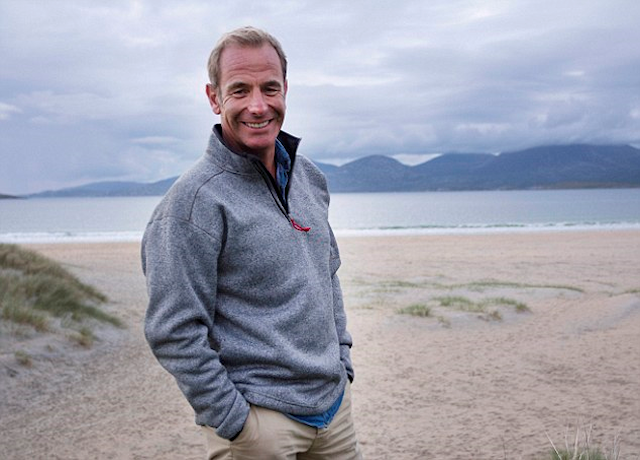
Cliquez sur les liens ci-dessous vers la page consacrée à l'épisode :
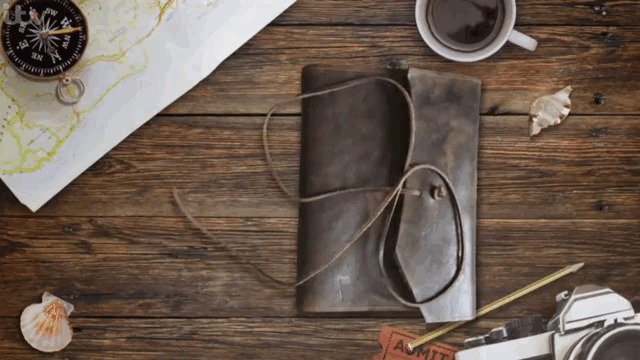
Dans les quatre épisodes des Tales From the Coast, Robson Green nous guide à la découverte des côtes et des îles les plus belles, spectaculaires et sauvages de Grande-Bretagne.
Chaque épisode est l'occasion de révéler une nouvelle destination: à l'ouest le littoral préservé du Nord Devon et les îles éloignées du Pembrokeshire au Pays de Galles, à l'est les côtes variées des comtés d'Essex et de Suffolk et cap au nord dans les sauvages et lointaines Hébrides Extérieures en Écosse.
Genre: Documentaire
Pays d’origine: Royaume-Uni
Nombre d’épisodes: 2
Durée: 60 minutes
Chaîne d’origine: ITV1
Diffusion d’origine: 31 Janvier 2017
Réalisateur: Francis Hanly
Producteur: Francis Hanly
Producteurs exécutifs: Emma Hindley et Dan Goldsack
Société de production: Shiver
"Tout au long de ma vie, je me suis toujours senti plus heureux au bord de la mer. J'ai grandi près de la côte et j'ai nagé ou pêché sur les rivages de plus de 100 pays différents. Maintenant, je veux explorer jusqu'aux limites de la Grande-Bretagne. Je vais donc voyager dans quatre portions de littoral très différentes et rencontrer des gens qui partagent ma passion pour nos côtes."